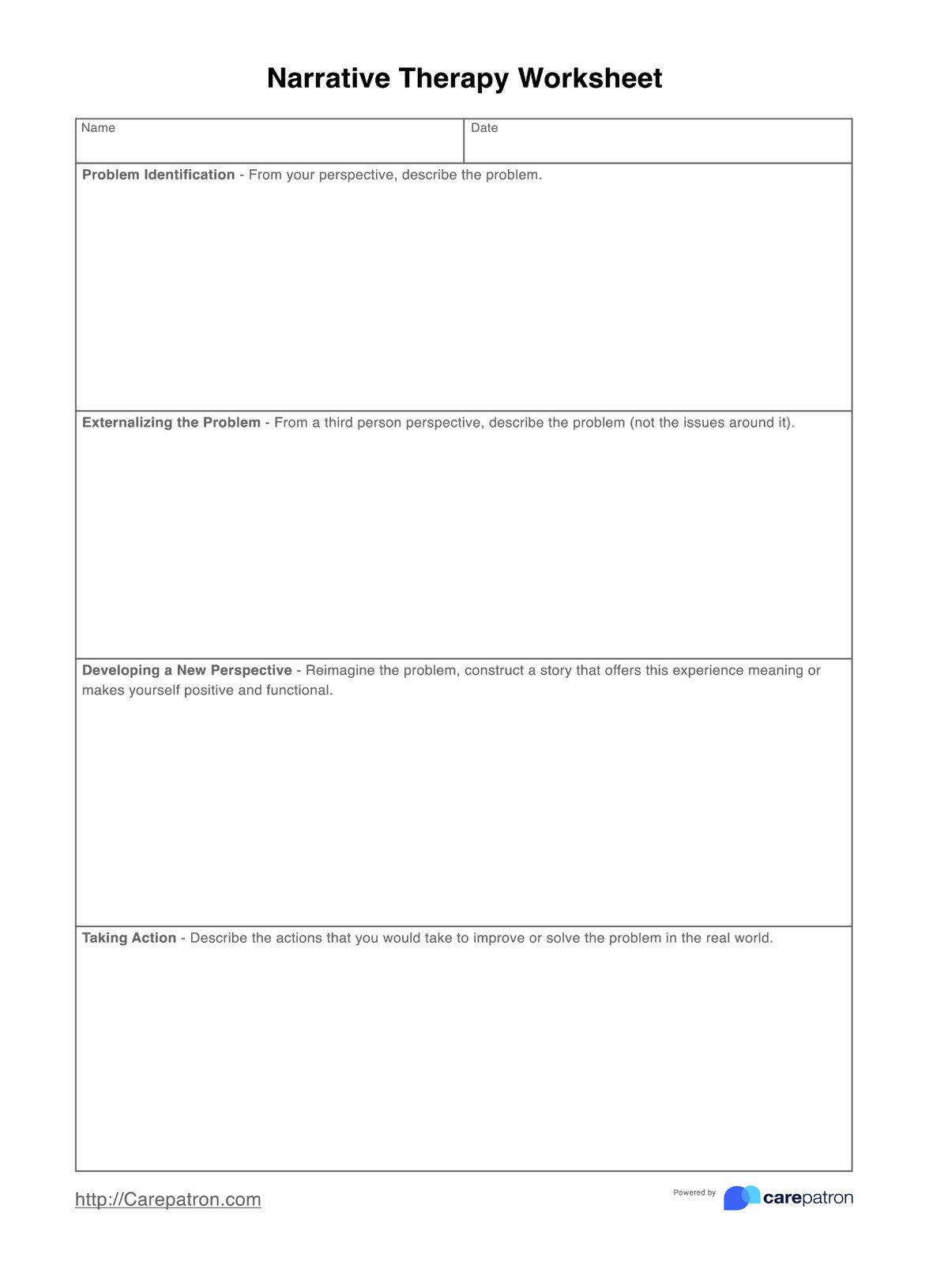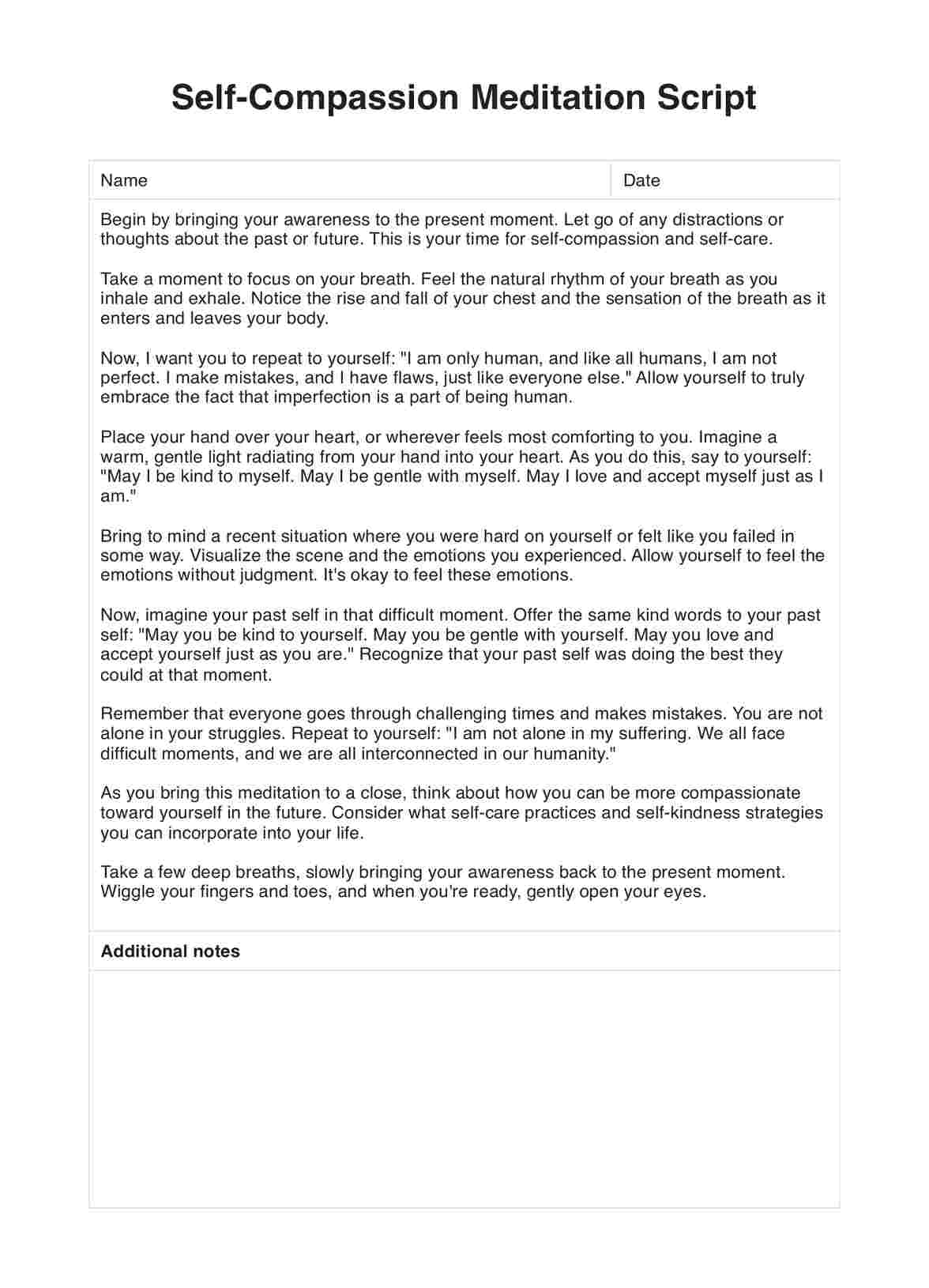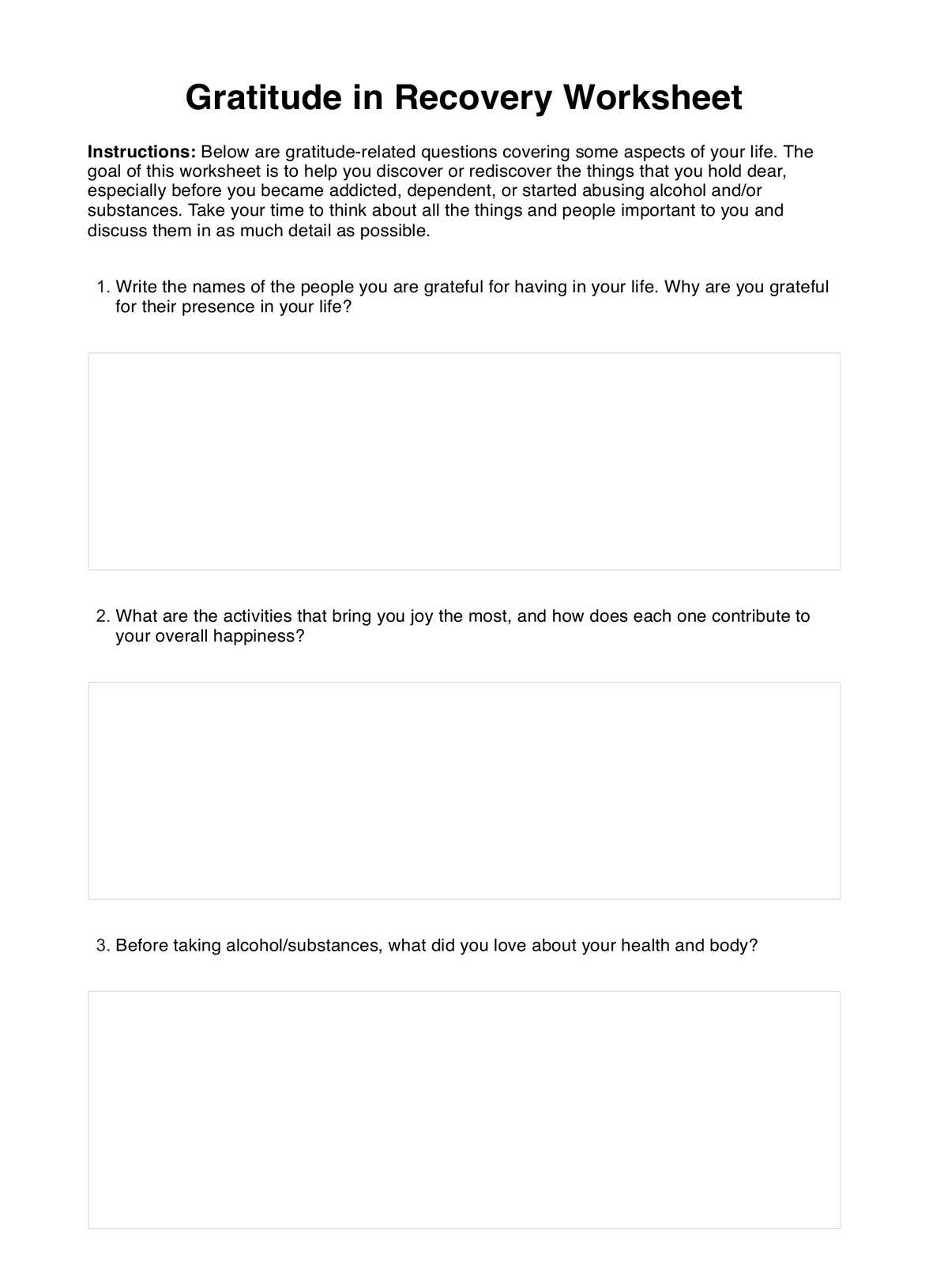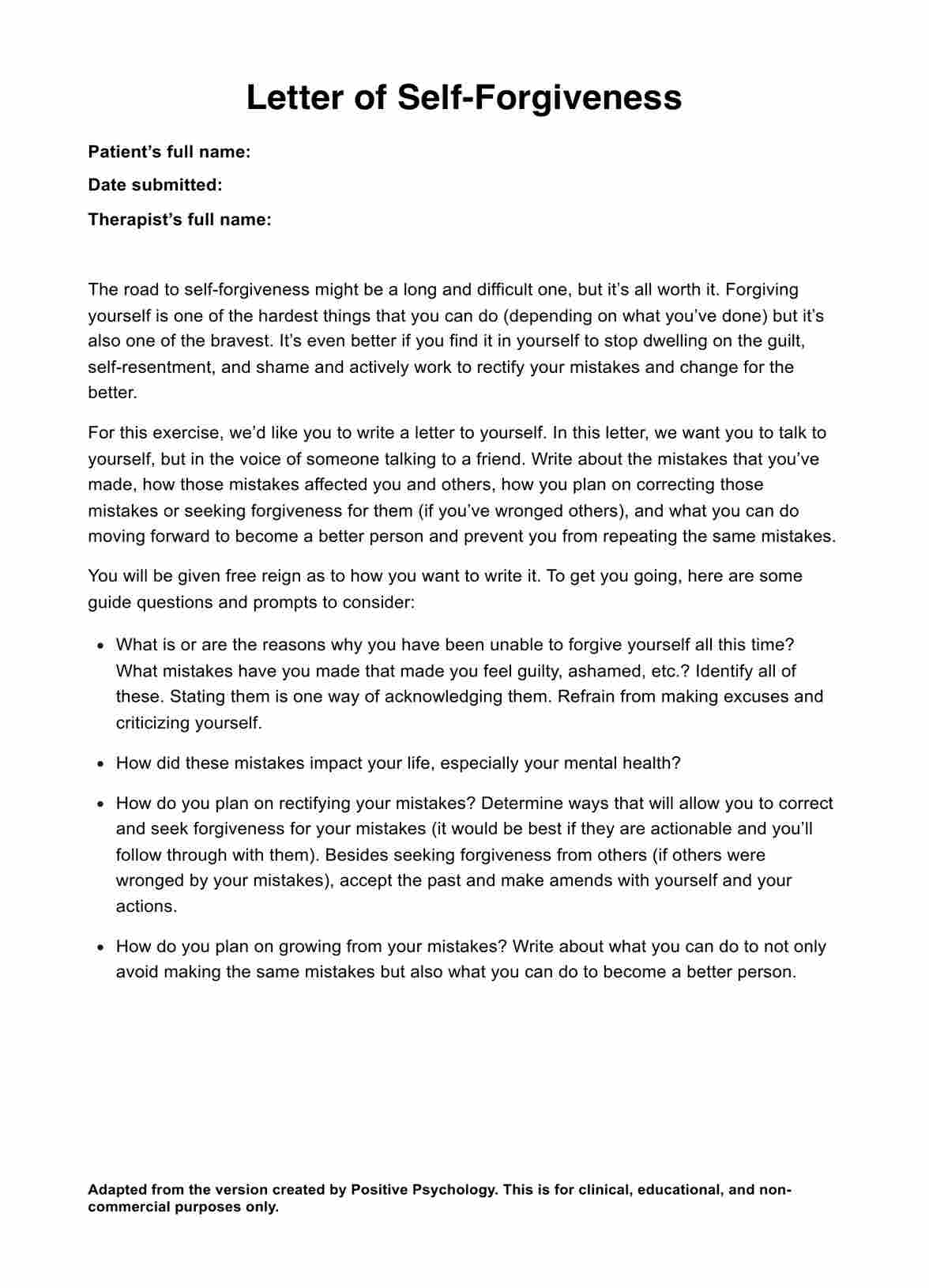Bipolar Checklist
The Bipolar Checklist Template streamlines communication between individuals with bipolar disorder and healthcare professionals.


What is a Bipolar Checklist?
The Bipolar Checklist Template serves as a crucial tool for evaluating and managing Bipolar Disorder, a complex mental health condition characterized by extreme mood swings. This template, designed for both healthcare professionals and individuals navigating this disorder, provides a structured approach for accurate diagnosis and efficient care.
The structure of the template allows for a systematic evaluation of bipolar disorder symptoms, encompassing manic and depressive episodes' frequency, duration, and severity. This comprehensive assessment proves particularly valuable in cases of childhood bipolar disorder, where symptoms may be less pronounced. By streamlining the assessment process, the template enables healthcare professionals to gather essential information efficiently, resulting in timely diagnosis and intervention to minimize the impact of the disorder on an individual's life.
Beyond diagnosis, the Bipolar Checklist Template serves as a foundation for developing personalized treatment plans. Healthcare professionals can tailor interventions, including medication and psychotherapy, based on the unique needs and symptom profiles of each individual. This approach fosters a deeper understanding of the complexities of bipolar disorder, empowering individuals to manage their symptoms effectively and make informed decisions regarding their care.
As an essential component in the mental health landscape, the Bipolar Checklist Template contributes to improved diagnostic accuracy, personalized treatment, and an enhanced understanding of bipolar disorder across various age groups, including those experiencing childhood bipolar disorder.
Bipolar Checklist Template
Bipolar Checklist Example
How does it work?
Steps involved with filling out a Printable Bipolar Checklist Template
- Gather patient information: Before starting the assessment, gather essential patient information, such as their name, age, gender, and any relevant medical history. This information provides context for the evaluator's observations.
- Evaluate mood swings: Assess the presence and severity of mood swings, including both manic and depressive episodes. Observe for changes in mood, such as feeling excessively elated or irritable, and identify any patterns or triggers for these mood changes.
- Evaluate energy levels: Assess the individual's energy levels, noting any changes in energy patterns, such as increased energy (hyperactivity) during manic episodes and decreased energy (fatigue) during depressive episodes.
- Evaluate sleep patterns: Assess any changes in sleep patterns, including insomnia during manic episodes and hypersomnia during depressive episodes. Note the duration and quality of sleep.
- Evaluate behavior: Assess for any changes in behavior, such as increased risk-taking behaviors, impulsivity, or social withdrawal. Observe for any signs of psychosis or delusions.
- Document findings: Document all observations and findings in the checklist. Note any specific examples of behaviors or interactions that support the assessment.
- Interpret findings: Analyse the collected information to identify patterns and potential signs of BD. Consider the severity of symptoms, their impact on daily life, and any underlying conditions that may contribute to the observed behaviors.
- Discuss findings with the individual: Communicate the findings of the assessment to the individual clearly and understandably. Address any concerns, provide information about BD, and discuss the next steps.
When would you use this Template?
A Bipolar Checklist Template can be used in various situations, including:
- Self-assessment: Individuals who suspect they may have bipolar disorder can use the checklist to assess their symptoms and determine if further evaluation is warranted.
- Healthcare professional screening: Healthcare professionals, such as psychologists, psychiatrists, or primary care physicians, can use the checklist as a screening tool during initial assessments to identify potential cases of bipolar disorder.
- Tracking symptom severity: Individuals with bipolar disorder can use the checklist periodically to track the severity of their symptoms and monitor their response to treatment or interventions. This ongoing assessment helps tailor support and adjust treatment plans as needed.
- Assessing treatment effectiveness: Healthcare professionals can use the checklist to evaluate the effectiveness of treatment interventions, assessing whether symptoms are improving or if adjustments to the treatment plan are needed.
- Monitoring progress: The checklist can be used to monitor an individual's progress over time, identifying any changes in their symptoms and providing valuable insights for treatment decisions.
However, it is important to remember that the Bipolar Checklist Template i is a screening tool and should not be used to diagnose bipolar disorder, and a definitive diagnosis of bipolar disorder requires a comprehensive evaluation by a qualified healthcare professional.
What do the results mean?
Mood swings
- Elevated mood: feeling excessively happy, euphoric, or elated. It may be accompanied by increased energy, talkativeness, and risk-taking behaviors.
- Irritable mood: feeling excessively irritable, restless, or angry. It may be accompanied by agitation, hypersensitivity, and social withdrawal.
- Depressed mood: feeling sad, hopeless, or discouraged. It may be accompanied by decreased energy, loss of interest in activities, and changes in sleep and appetite.
The frequency, duration, and severity of these mood swings are important indicators of bipolar disorder.
Energy levels
- Increased energy (hyperactivity): During manic episodes, individuals may experience increased energy levels, leading to excessive activity, restlessness, and difficulty sleeping.
- Decreased energy (fatigue): During depressive episodes, individuals may experience decreased energy levels, leading to fatigue, lack of motivation, and difficulty completing tasks.
Changes in energy levels are often associated with mood changes and can significantly impact an individual's daily life.
Sleep patterns
- Insomnia: During manic episodes, individuals may experience insomnia, characterized by difficulty falling asleep or staying asleep.
- Hypersomnia: During depressive episodes, individuals may experience hypersomnia, characterized by excessive sleepiness and difficulty waking up.
Changes in sleep patterns are often associated with mood changes and can exacerbate other symptoms.
Behavior
- Impulsivity: During manic episodes, individuals may engage in impulsive behaviors, such as making risky decisions, spending excessive money, or engaging in risky sexual behaviors.
- Social withdrawal: During depressive episodes, individuals may withdraw from social activities, isolate themselves from others, and lose interest in previously enjoyable activities.
Changes in behavior can significantly impact an individual's relationships, work performance, and overall well-being.
Additional Symptoms include racing thoughts, psychomotor retardation, and psychosis or delusions
Research & evidence
The utilization of the Bipolar Disorder Checklist proves to be of paramount importance, particularly in light of the prevalence of mixed states in patients with bipolar disorder. The findings of the current study underscore the need for comprehensive scales to assess the full spectrum of clinical manifestations associated with bipolar disorder.
The Scale for the Assessment of Episodes in Bipolar Disorder (SAEBD), developed through meticulous evaluation and statistical analyses, demonstrates remarkable discriminant capacity and diagnostic utility. The study's results reveal that SAEBD discriminant functions accurately classified cases across various mood states, with a high overall correct classification rate.
Notably, the scale exhibited a sensitivity of 0.95, specificity of 0.71, and favorable predictive values, indicating its efficacy as a screening tool in diverse healthcare settings. This underscores the significance of incorporating the Bipolar Disorder Checklist, such as the SAEBD, in clinical assessments to enhance accuracy, reliability, and diagnostic efficiency in identifying and managing bipolar disorder across its diverse clinical presentations (Montes et al., 2021)
The Bipolar Disorder Checklist is crucial due to the common challenges of overlooking and misdiagnosing bipolar disorder in general psychiatric settings. This study, involving 340 outpatients without a previous bipolar diagnosis, compared two screening tools—the Mood Disorder Questionnaire (MDQ) and the Hypomania Checklist-32 (HCL-32). The findings favored the HCL-32 for its better performance and reliability. The study recommended using the HCL-32 alongside family history to effectively identify undetected cases of bipolar disorder. This underscores the practical significance of the Bipolar Disorder Checklist, especially the HCL-32, in improving the precision of bipolar disorder screening in general psychiatric clinics (Poon et al., 2012).
References
Montes, J. M., Pascual, A., Molins Pascual, S., Loeck, C., Gutiérrez Bermejo, M. B., & Jenaro, C. (2021). Assessment Tool of Bipolar Disorder for Primary Health Care: The SAEBD. International Journal of Environmental Research and Public Health, 18(16), 8318. https://doi.org/10.3390/ijerph18168318
Mood Disorder Questionnaire (MDQ) Yes No. (n.d.). https://www.ohsu.edu/sites/default/files/2019-06/cms-quality-bipolar_disorder_mdq_screener.pdf
Poon, Y., Chung, K.-F., Tso, K.-C., Chang, C.-L., & Tang, D. (2012). The use of Mood Disorder Questionnaire, Hypomania Checklist-32, and clinical predictors for screening previously unrecognised bipolar disorder in a general psychiatric setting. Psychiatry Research, 195(3), 111–117. https://doi.org/10.1016/j.psychres.2011.07.014
Commonly asked questions
Bipolar Checklists are created by mental health professionals or organizations that develop standardized assessments such as Carepatron
Bipolar Checklists are used when healthcare professionals need to screen for potential cases of bipolar disorder or when individuals suspect they may have the condition.
Bipolar Checklists are used by healthcare professionals to evaluate various aspects of bipolar disorder symptoms, including mood swings, energy levels, sleep patterns, and behavior.


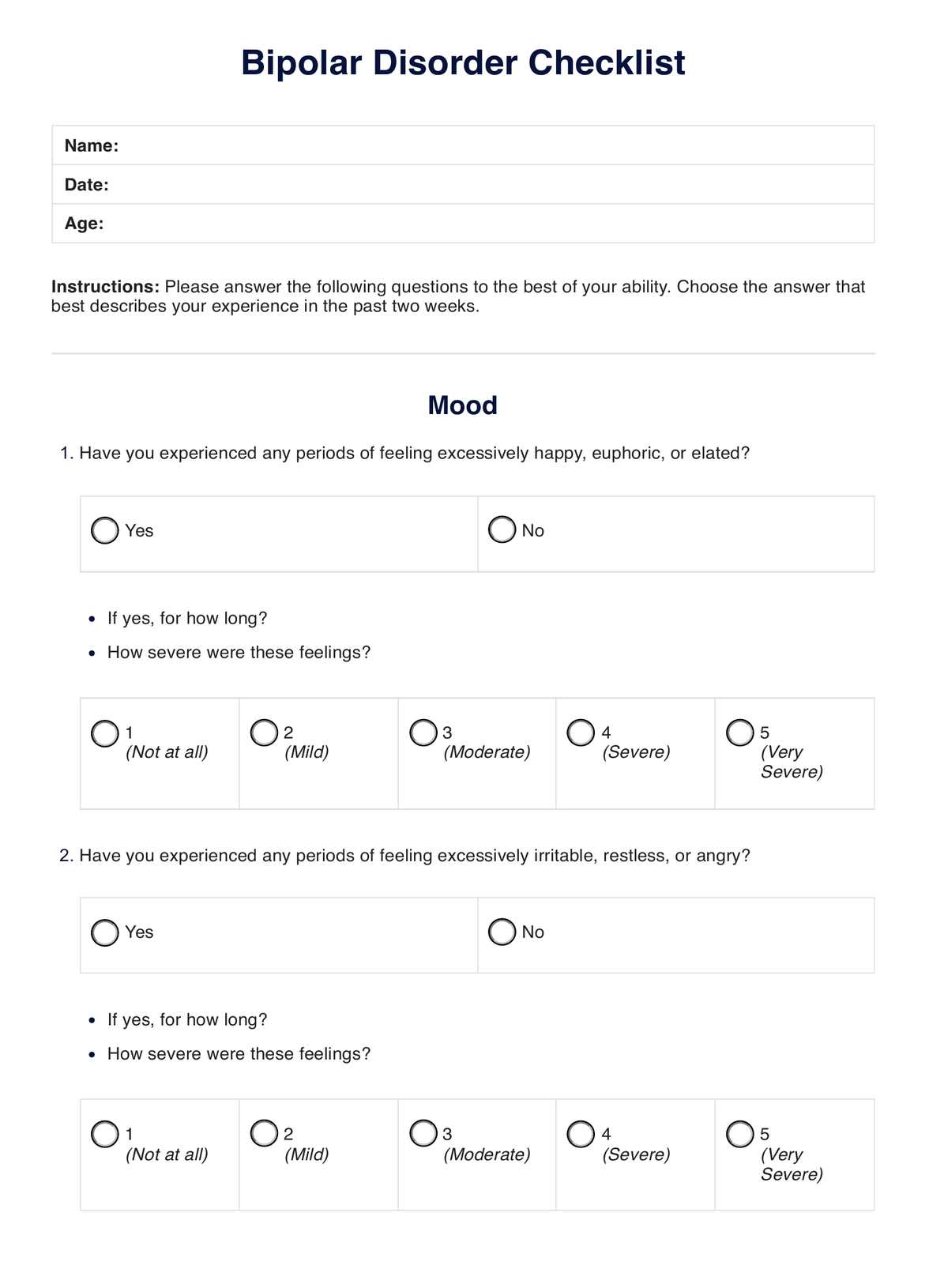
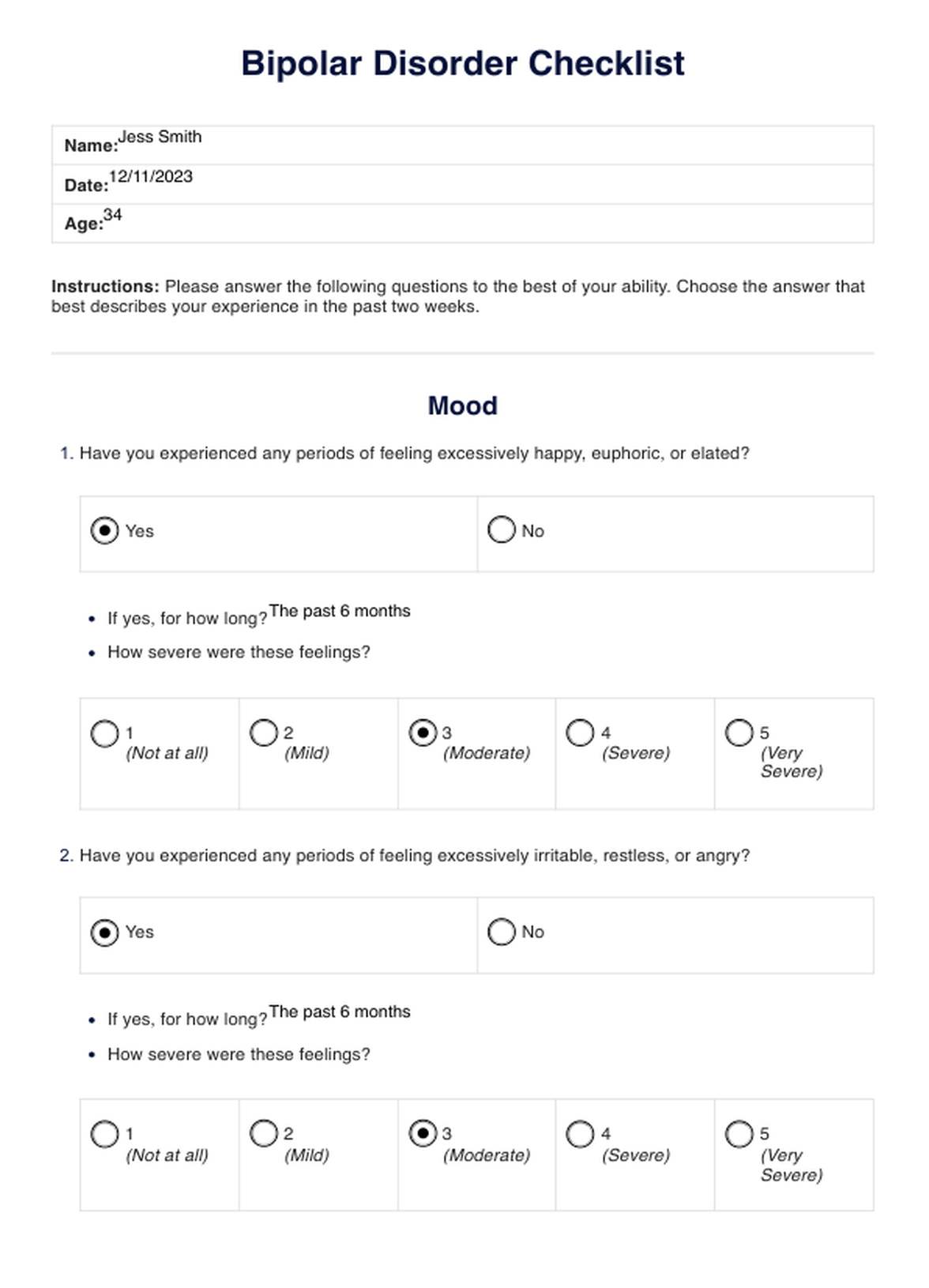

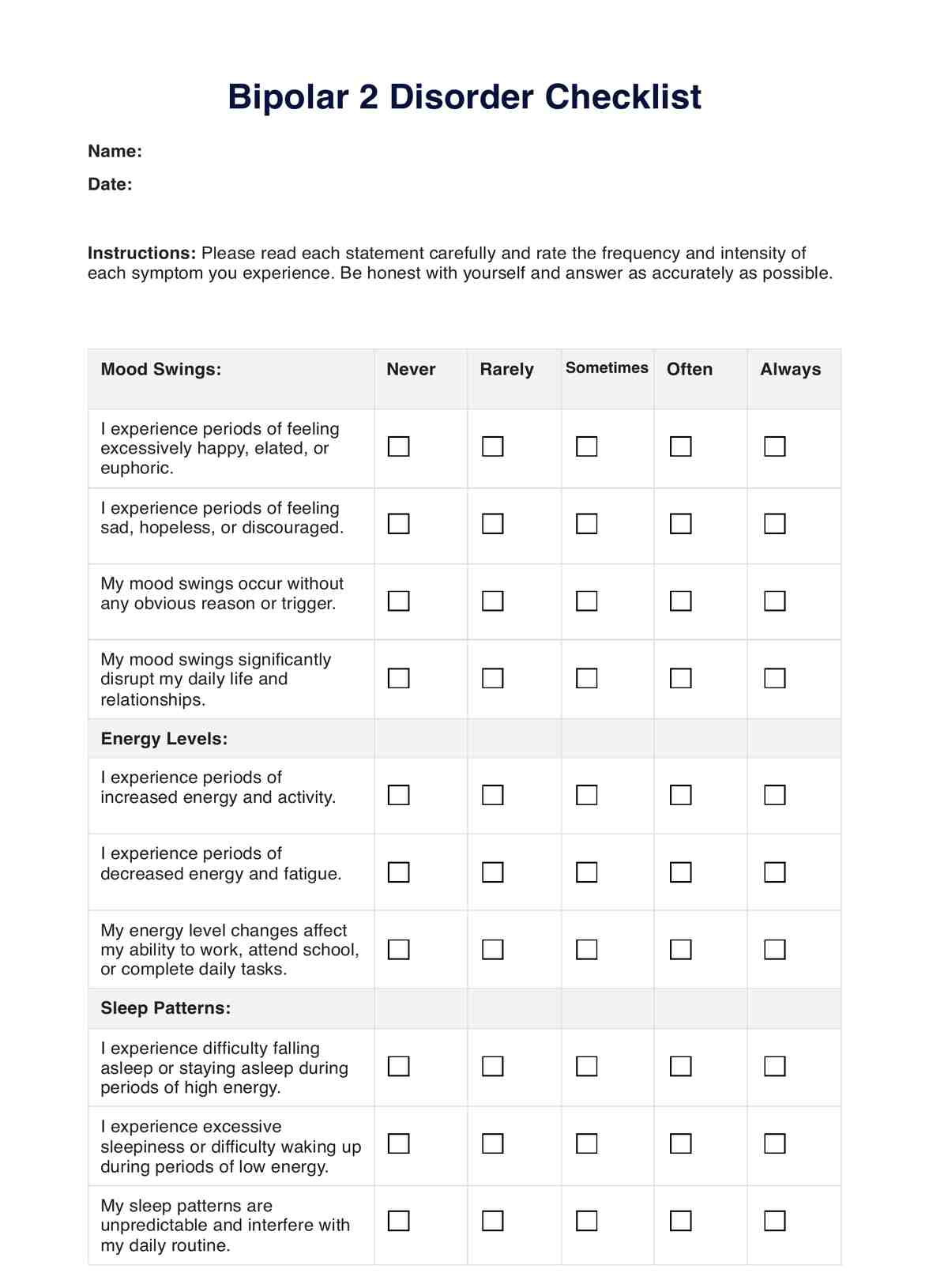
















-template.jpg)



















































































